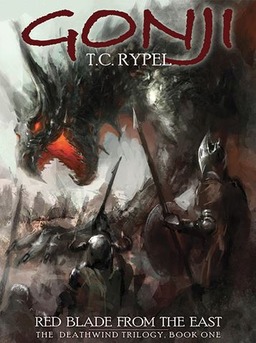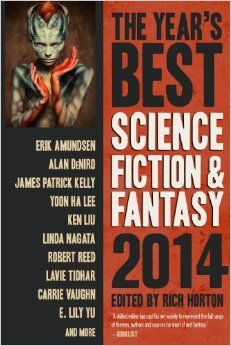Observations: The Return of the King Movie
 Hey, folks. Today I’m wrapping up my series about The Lord of the Rings movies with the third installment: The Return of the King (following The Fellowship of the Ring and The Two Towers).
Hey, folks. Today I’m wrapping up my series about The Lord of the Rings movies with the third installment: The Return of the King (following The Fellowship of the Ring and The Two Towers).
The third film begins with Gollum’s origin tale, telling how he came to be, well, Gollum. Smeagol and his friend Deagol are fishing when Deagol falls in the river and accidentally discovers the One Ring. Smeagol kills Deagol for it and afterward is exiled, forced to live a miserable existence under the Misty Mountains. The main point of this scene is to show us (again) the Ring’s power to inspire intense desire in anyone who sees it.
We then move to Frodo, gazing at the Ring while Sam sleeps. The desire is obvious in his eyes, a reminder that the Ring is taking control. Gollum wakes them to get moving. In a cute exchange that reveals he’s the only remaining optimist in the group, Sam is rationing their food so they have enough for the journey back home.
Aragorn and company (now with Gandalf, King Theoden, and Eomer) ride to Isengard. Merry and Pippin are there to greet them, being silly with the pipeweed. In previous viewings, I missed that this mini-scene is important because it marks the starting place for the two young hobbits, smoking and feasting and drinking. They will never be this naïve and carefree again.
I also love how Treebeard greets Gandalf as “young master Gandalf,” like he’s a little kid. My grandfather used to greet me the same way (without the ‘Gandalf,’ obviously) and it still makes me smile.








